Communicating about weaving can be confusing at times. The same term can be used to describe more than one thing. For example, a balanced weave can mean the same number of weft picks as warp ends per inch . . . sometimes also referred to weaving square. It can also mean the same number of shafts up that are down . . . often related to counterbalance looms.
Then different terms may be used to describe the same thing. In the United States, we often see the term shaft used interchangeably with harness. As a young weaver, I was taught the shafts make up the harness; however, if anyone tells me they are weaving on a four harness loom, I still understand what they mean. But, the definition of the shafts making up the harness is important if you come in contact with draw loom weavers and they speak about weaving on double harness looms, which are looms with two sets of shafts.
Then there is the challenge of understanding foreign terms.
Passementerie is a French term without an English equivalent. It’s a term encompassing a multitude of techniques used to create embellishments for garments and interiors. It includes the buttons, cording, trim, garment closures, braiding, tassels, and much more.
Staying with French, I use the term matelassé to mean a form of a stitched double cloth where the stitchers make a pattern. Others used the term piqué.
Beiderwand, a form of double weave, is German in its origin. Samitum, a weft-faced compound twill, is Greek in origin. And if you venture into the world of velvet weaving, you will come in contact with a number of Italian terms.
How about textile terms used for marketing purposes? Several years ago I was flipping through a Williams-Sonoma catalog. There was a picture of a table cloth and napkins. Under the picture was its description Woven on a rapier loom. What??? I had one person tell me rapier was the French term for dobby. I’ve also read a rapier loom is a shuttle-less weaving loom where the weft is carried through the shed of warp yarns to the other side of the loom by carriers called rapiers. Regardless of the definition of rapier loom, why in the world would Williams-Sonoma include it in a description. If a weaver doesn’t understand the term, how would non-weavers?
Whew! No wonder weaving can be confusing at times. Learning the language of weaving takes time. Plus, there are different “dialects”. Some of the resources I’m providing here may be of help.
If you need to translate a term or two written in a foreign language, you may want to refer to Weaving in Many Languages. This is a two-page article written by Helen Louise Allen in 1938 and published in Weaver, Vol. 3 No. 1. It’s not an exhaustive list, but it has come in handy. http://www.cs.arizona.edu/patterns/weaving/articles/tw_3_1-06.pdf
If you’ve come across a past issue of VÄV, a Swedish weaving magazine, and need something in Swedish with more terms, the following is a Swedish-to-English glossary. http://media.handweaving.net/DigitalArchive/other/unk_glos.pdf
For a beginning weaver, Madelyn van der Hoogt published A Pocket Dictionary of Weaving Terms for Today’s Weavers. Want to know what double damask is? Then check it out. http://media.handweaving.net/DigitalArchive/other/hvm_dict.pdf

Harriett Tidball published Weaver’s Word Finder. A 49-page document originally published in 1953 and is as valuable today as it was back then. http://www.cs2.arizona.edu/patterns/weaving/monographs/thd_wrds.pdf

If tapestry weaving intrigues you, The American Tapestry Alliance has a glossary of tapestry terms. http://americantapestryalliance.org/education/educational-articles/glossary-of-tapestry-terms/
There are a couple of publications originally published in 1925 that still hold up well today, although it may be more than you are looking for
- Multilingual Dictionary of Weaving and Woven Fabrics – http://www.handweaving.net/document-detail/1490/multilingual-dictionary-of-weaving-and-woven-fabrics-schlomann-alfred-lewenz-wilkinson
- Multilingual Dictionary of Spinning – http://www.handweaving.net/document-detail/1489/multilingual-dictionary-of-spinning-schlomann-alfred-lewenz-wilkinson
On Handwoven magazine’s website, Weaving Today, has a couple of resources that may be helpful.
- How to Weave – http://www.weavingtoday.com/how-to-weave
- Weaving Terms – http://www.weavingtoday.com/wp-content/uploads/Weaving-terms.pdf
Glossary of Weaving Terms – http://www.homespunhaven.com/?option=com_content&view=article&id=70&Itemid=81
Glimakra’s Glossary of Weaving Terms – http://glimakrausa.com/glossary/weaving-terms/
I’m sure there are many more, but some of these may help provide us with a good start to communicating better.
Enjoy!

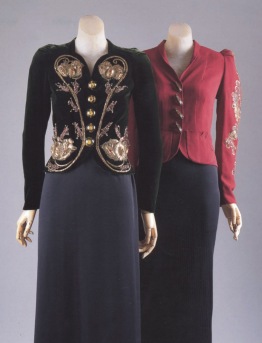
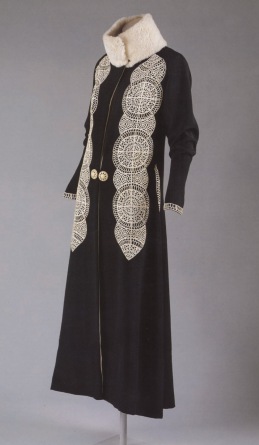

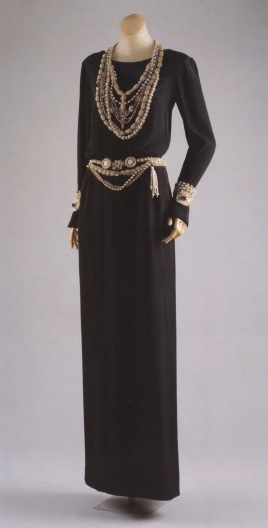
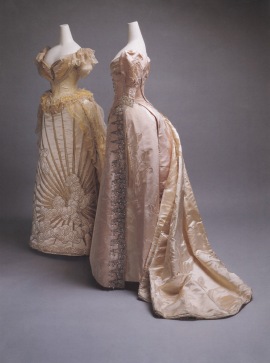
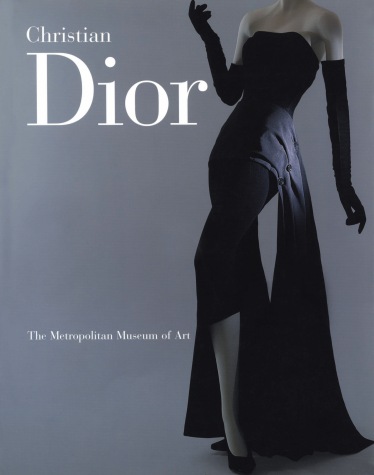


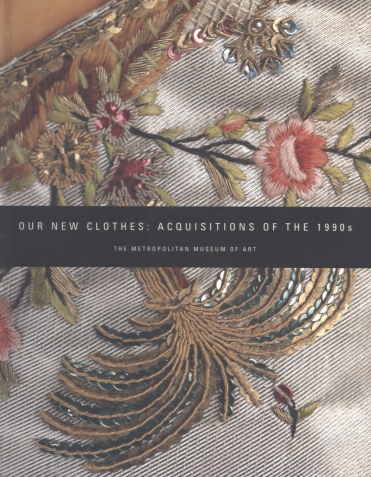



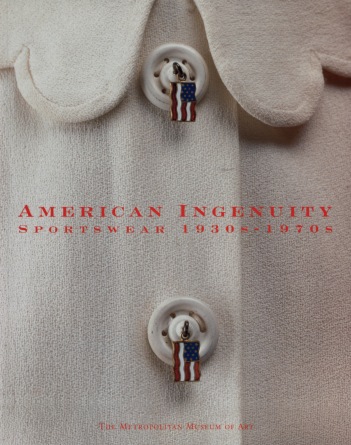
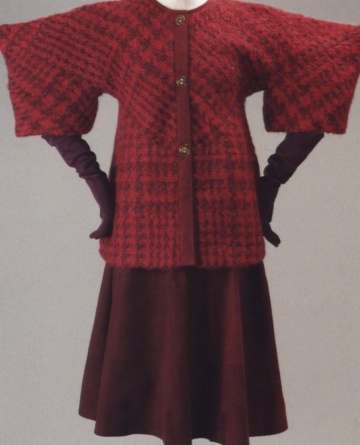

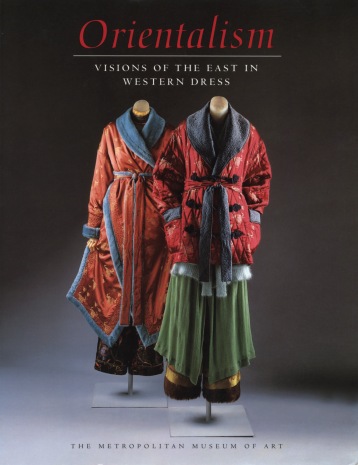
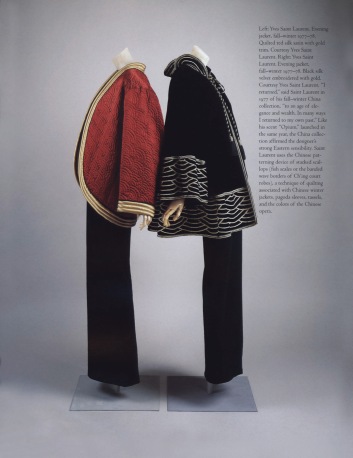




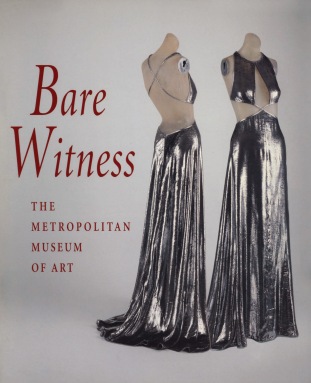

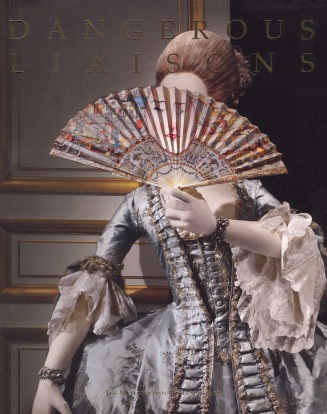
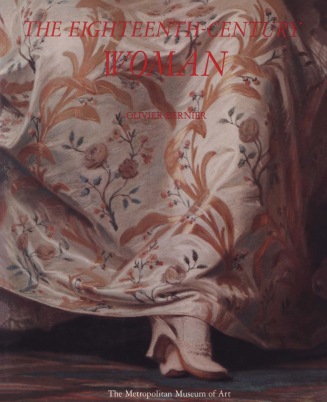

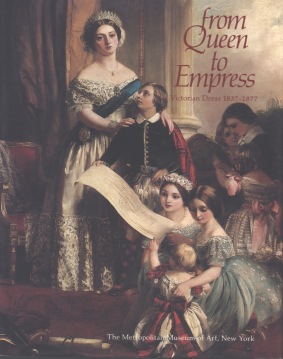











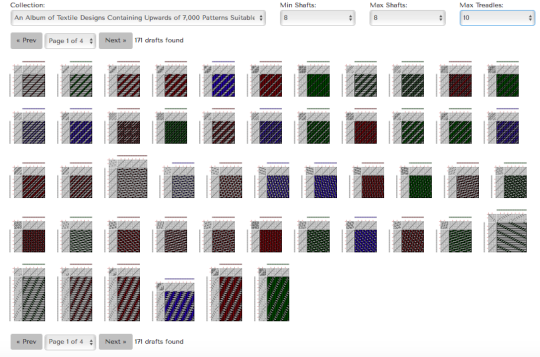






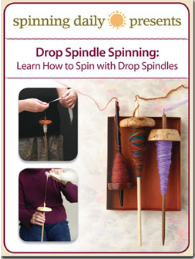




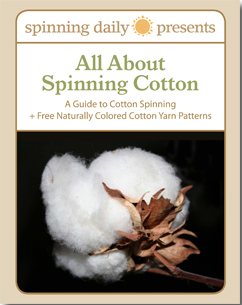



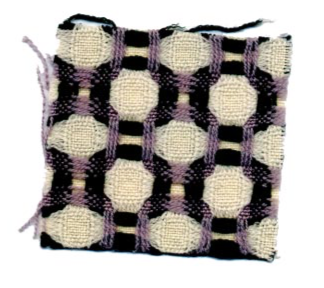

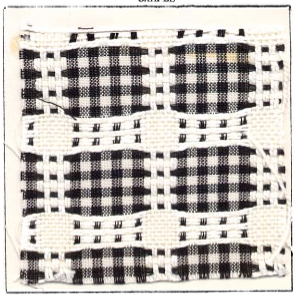

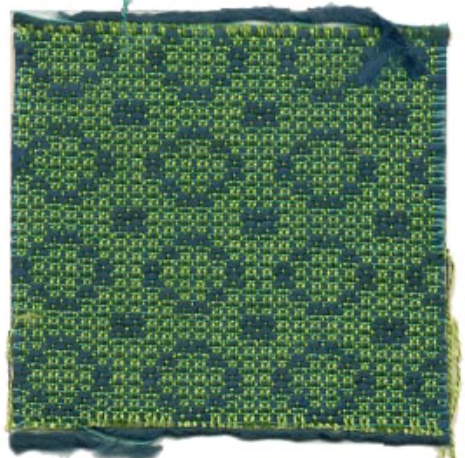

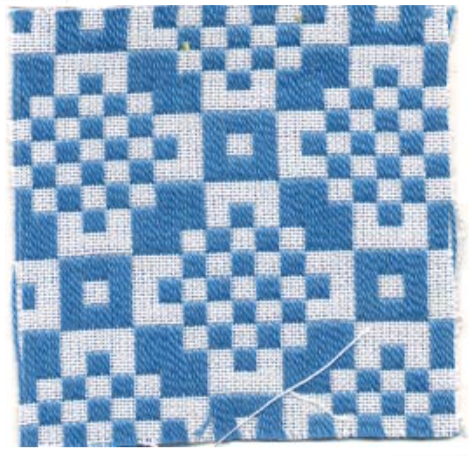



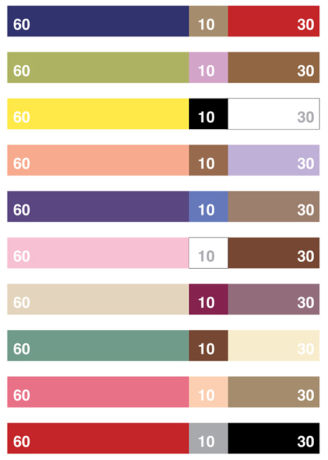

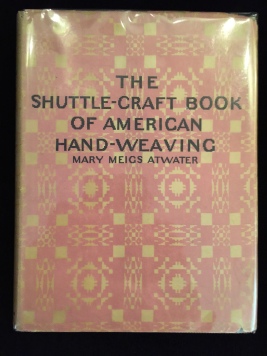

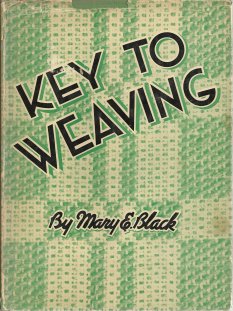

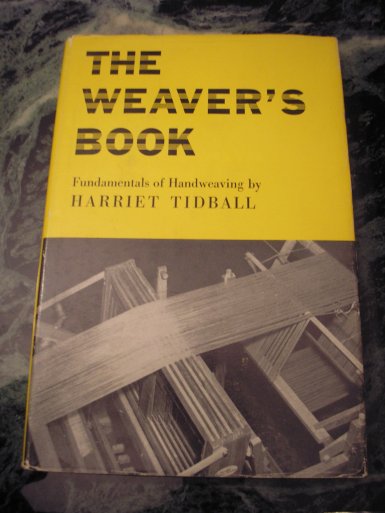
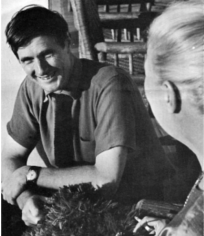

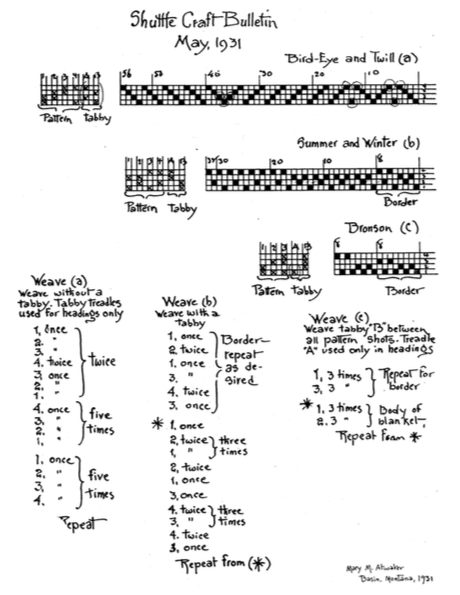
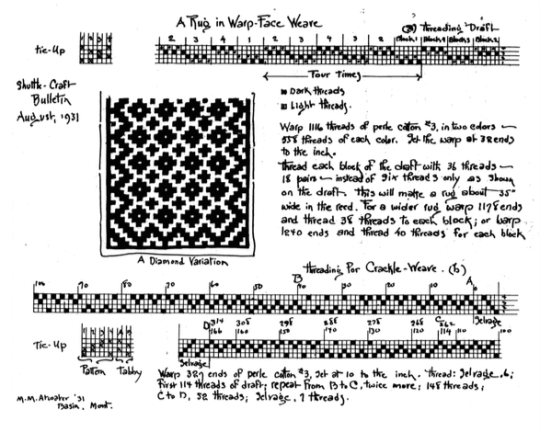
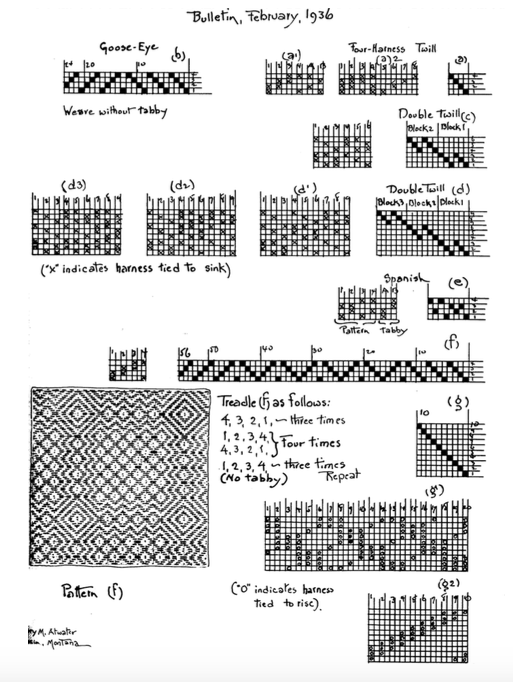

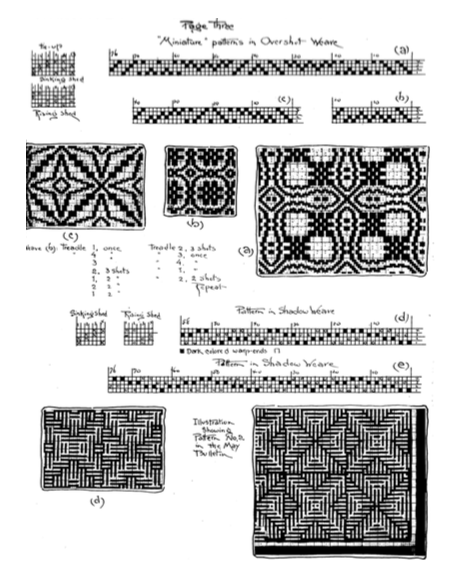

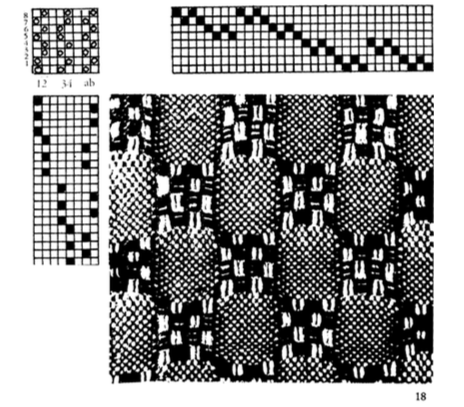

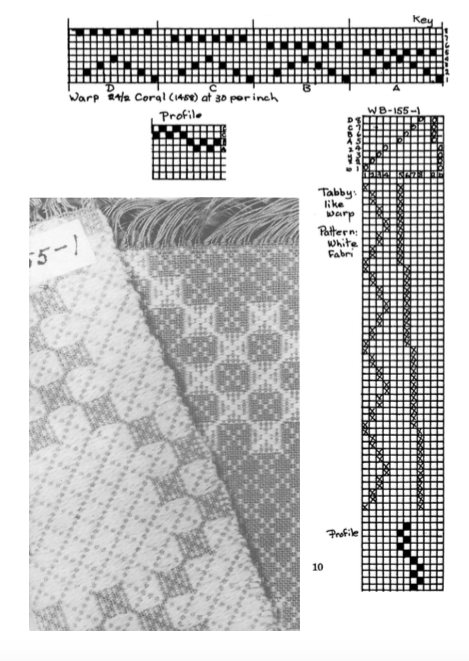
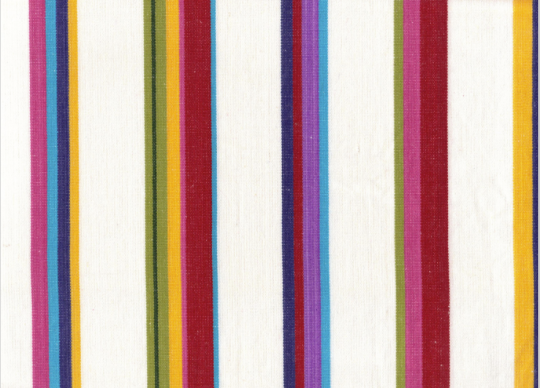
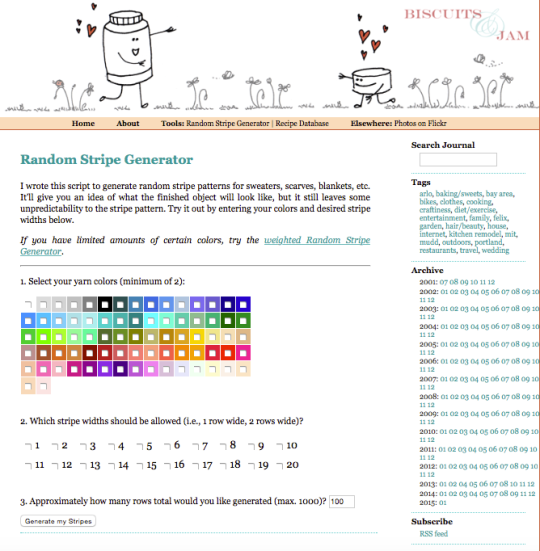
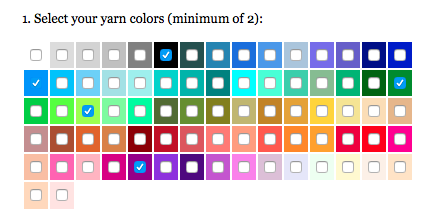





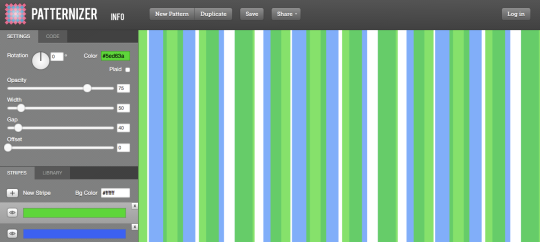








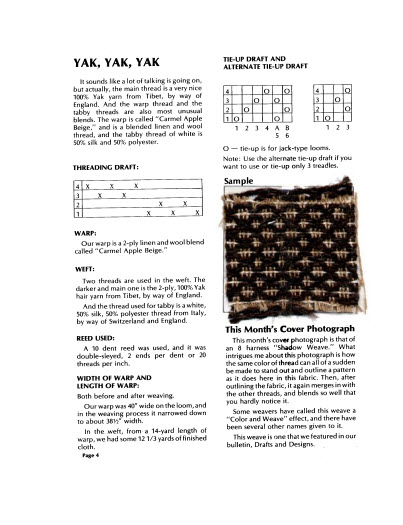


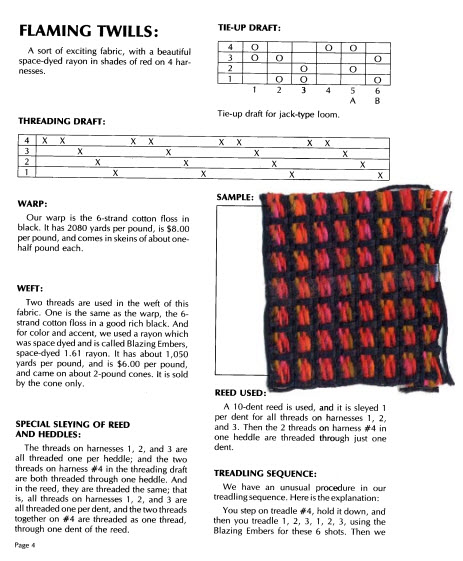

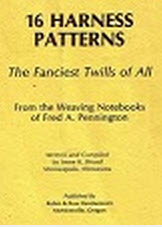
Written
on April 9, 2015